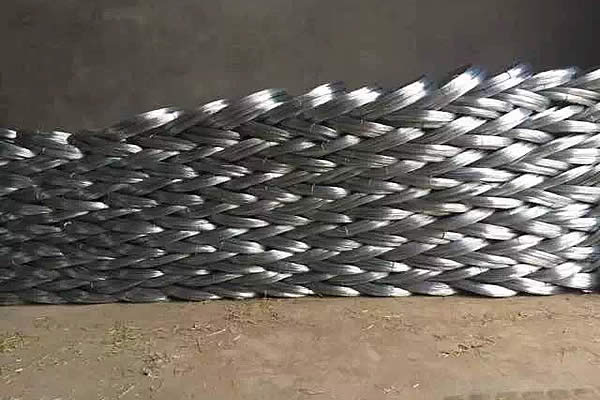 TEL:
+86-13102802206
TEL:
+86-13102802206
 Email:
fencenetting@china.com
Email:
fencenetting@china.com
 Language
Language
 TEL:
+86-13102802206
TEL:
+86-13102802206
 Email:
fencenetting@china.com
Email:
fencenetting@china.com
 Language
Language


The Importance of Temporary Barrier Fencing in Construction and Event Management
Temporary barrier fencing has become an essential element in various sectors, particularly in construction and event management. As urban environments expand and public gatherings become increasingly complex, the need for effective crowd control and safety measures is paramount. This article explores the significance of temporary barrier fencing, its different types, advantages, and applications in various scenarios.
Safety and Security
Safety is the foremost consideration in any construction site or event. Temporary barriers serve as a physical deterrent against unauthorized access, ensuring that only authorized personnel enter restricted areas. In construction zones, these barriers protect site workers from potential hazards while also safeguarding the public from dangerous machinery and materials. By clearly delineating safe zones, temporary fencing minimizes the risk of accidents and injuries, creating a safer environment for everyone involved.
Crowd Control
In the realm of event management, managing large crowds is critical. Temporary barrier fencing provides a structured way to organize attendees, guiding them through entry points and ensuring orderly access to various event areas. This organization not only enhances the experience for attendees but also assists event organizers in maintaining control over the crowd. The physical presence of barriers helps to prevent chaos and confusion, especially in large gatherings such as concerts, festivals, or sporting events.
Versatility and Adaptability

One of the key advantages of temporary barrier fencing is its versatility. It can be easily deployed, relocated, and removed according to the specific needs of a project or event. Different types of fencing materials, such as chain link, mesh, and plastic barriers, can be utilized depending on the desired level of security and visibility. For instance, a construction site may require robust chain link fencing for high-security areas, while a festival might opt for lighter mesh barriers that allow for visibility and air flow while still providing effective crowd control.
Cost-Effectiveness
Investing in temporary barrier fencing can be a cost-effective solution for many businesses. The rental options available allow organizations to use high-quality barriers without the financial burden of purchasing them outright. This flexibility is especially beneficial for companies that may only require fencing for short periods, as it mitigates the cost of storage and maintenance for unused barriers. Moreover, the potential reduction in liability costs due to improved safety measures can make temporary fencing a wise investment.
Environmental Considerations
As awareness about environmental sustainability grows, many manufacturers of temporary fencing are responding by offering eco-friendly options. Reusable materials and recyclable components ensure that these barriers have a lower environmental impact compared to traditional fencing solutions. This aligns with the increasing demand for sustainable practices in construction and event management, demonstrating a commitment not only to safety but also to environmental responsibility.
Conclusion
Temporary barrier fencing is an integral part of safety, security, and crowd management. Its ability to adapt to various scenarios makes it a valuable asset in construction sites and events. Organizations can enhance safety measures, improve logistical flow, and maintain order with the simple addition of fencing solutions. As urbanization continues and events grow in scale, the importance of temporary barrier fencing will only increase, making it a crucial consideration for any project or gathering. Investing in quality fencing not only protects individuals but also serves as a testament to an organization’s commitment to safety and professionalism.